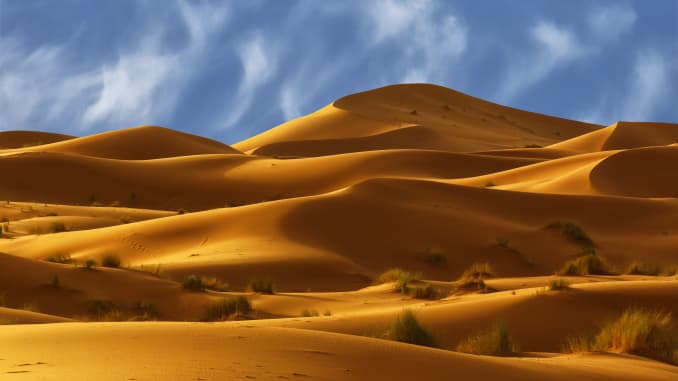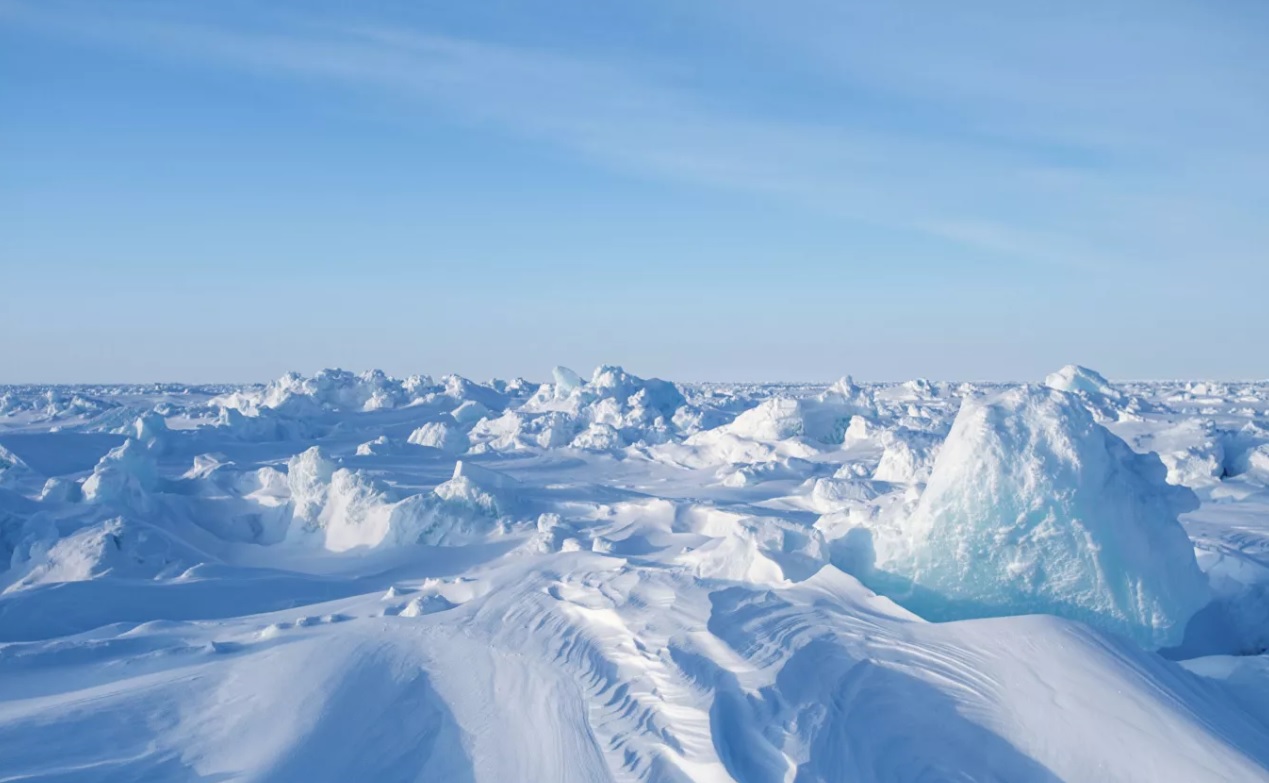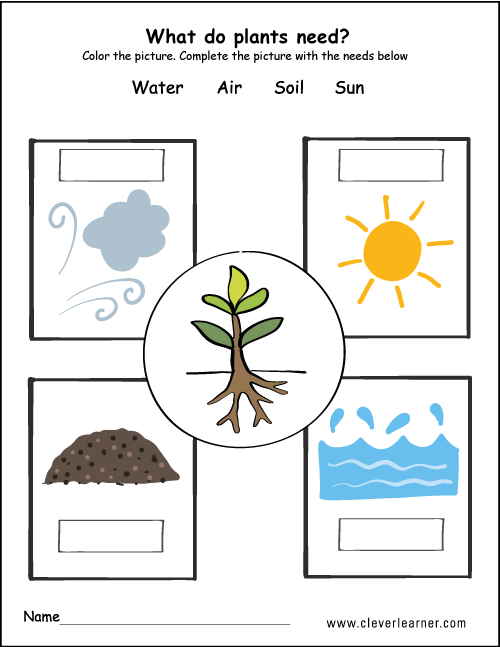Y2 Science: Where do plants grow?
Welcome to your last week of Year 2! It’s your last week of being Yellow Class!
Today we have our final science lesson and tomorrow our final TTDE episode!
On Wednesday there will be an enormous quiz of everything you’ve learned since September. Don’t forget the picnic at the park at 1 o’clock!
Then on Thursday it’s our final ‘fun at the seaside’ blog, where you can vote on the best seaside location in the United Kingdom. Finally, on Friday, there will be a video message and story time from your new classroom. After that, it’s the summer holidays!
Merits are still available this week. Will Vihansa and Aaron be able to reach 200 merits? Will the whole class score over one thousand merits? We will find out at the end of the week. MyMaths tasks and Purple Mash tasks are worth 2 merits as normal. Don’t forget I only want you to quiz twice this week, so that you have enough AR books left to last all of the summer. I will only be awarding two merits for quizzing this week and no more!
_____________________________________________________________________________
Let’s remember the last lesson
In the last science blog, you watched a couple of videos that showed you how plants grow over time. To remind yourselves of this, here is a video showing the growth of a sunflower. It also shows the lifecycle of the sunflower, because you can see it growing from the seed, right up until it starts to wilt, which means that the petals crumple and it bends forwards, dropping it’s seeds so it can reproduce, before falling to the ground and dying.
Those words in blue are going to be important for the comments challenge.
How have your plants been getting on? It’s been 4 weeks since I asked you to grow one from a tomato, or something similar. Please send me an email showing me the growth of your plant today. Some of you were growing plants in different places or different conditions. If you did that, I want you to explain to me the results of your experiment and what you think it means.
_____________________________________________________________________________
What are the best conditions for plants to grow?

I went on a walk last week and noticed these wildflowers. Can you see three different colours of flowers? I was wondering if these same flowers could be found in other countries, or just the UK? Would you find them in France? Would you find them in Australia?
Why is it that these flowers won’t grow in the desert?

Why is it that these flowers won’t grow in the Arctic?

Think carefully about what plants need in order to be able to grow. They need four things.

That sheet is too easy! But hopefully it will help you to answer my big two questions about the desert and the Arctic.
Your Task
Write down the answer to my two questions using these sentence starters. You can choose to write it down on a piece of paper and send me a picture of your writing, or you can just type me an email.
Question 1 – The UK wildflowers won’t grow in the desert because…
Question 2 – The UK wildflowers won’t grow in the Arctic because…
Don’t forget to email me the photos of your plants too. Send them to westgreen.yellowclass@gmail.com
________________________________________________________________________________
Comments Challenge
I want you to find definitions of three scientific words!
lifecycle wilt reproduce
Write your definitions in the comments to win a merit.
17 Comments
-
Yi Xuan Lin says:
lifecycle- the series of stages in form and functional activity through which an organism passes between successive recurrences of a specified primary stage.
wilt- a plant, leaf or flower become limp through heat or loss of water.
reproduce-produce offspring by a sexual or asexual process.-
Mr Morgan says:
I can see you’ve found those definitions on the internet.
What if you had to write a definition for ‘lifecycle’ yourself?
-
Yi Xuan Lin says:
When an animal give birth to their child and they grow up and give birth to their child and it carries on.
-
-
-
Vihansa says:
Hi Mr Morgan,
Lifecycle:
Lifecycle of a plant begins with a seed. Then the seed will germinate and grow as a mature plant. Then, there will be flowers blooming out. Those, flowers become seeds then the seeds become fruits or seedpods. After that, the plant eventually will die and leave some seeds to produce a new plant. This whole process called as ‘life cycle’.Wilt:
Bending out of shape and forward.Reproduce:
When something dies and grows again over time repeat, that called ‘reproduce’-
Vihansa says:
I can see purple, white and yellow colour flowers. I think you would find those flowers in France because france has the cool climate very similar to UK but I don’t think you would be able to find them in Australia because of the humidity and warm weather in there.
-
Mr Morgan says:
Well done for your careful and clever definitions as well as your excellent explanation about the wildflowers in France and Australia.
The wildflowers in Australia are very different to the UK because of the reason you wrote about.
-
Vihansa says:
Mr Morgan, what are the three flowers in your picture? Is yellow flower ‘yarrow?
-
Mr Morgan says:
I don’t think it was a yarrow. You know what, I actually don’t know. I need to educate myself a little bit on all of the different types of flowers out there.
-
-
-
-
-
Aaron says:
Hi Mr Morgan.
life cycle – is from birth of a plant up till it dies. Starts like a seed , becomes a beautiful plant, the seed drops in to the soil, and start his life again.
wilt -petals start dying, because has no water, to much heat, disease, that is way i don’t water my plants in direct sunlight, or early in the morning or late after the sun is gone.
reproduce- Plant duplicate himself, from the seed we have the plant, from the plant flower, from flower seeds.
Thank you.-
Mr Morgan says:
I really like the word ‘duplicate’.
I really like the word ‘duplicate’.
-
-
Saule Bagdonaite says:
Hello Mr Morgan,
Lifecycle – means the stages a living thing goes through during its life. In some cases the process is slow, and the changes are gradual.
The plant life cycle starts with a seed; every seed holds a miniature plant called the embryo.
Wilt – to lose freshness and become limp. The roses are wilting or to lose strength.
She concentrated hard on another wilted flower, bringing it back to full bloom. She wilted to a heap and fell to the floor.
Reproduce – the process by which living things produce offspring, or the act or process of copying something reproduction of sound.-
Mr Morgan says:
Well done for remembering and using the word ‘offspring’. However we don’t say that a plant has offspring, we only use this word for animals.
🙂
-
-
Safiyyah says:
1) Lifecycle means how the plant changes in different stages.
2) Wilt means the plant becomes limp because of heat or if it does not get enough water.
3) Reproduce involves pollen from one flower fertilising the egg of another to produce a seed..
-
Mr Morgan says:
Very good! For the word ‘reproduce’ – there is more than one way that a plant reproduces, your way is just one of them! We will learn some of the other ways in Year 3.
-
-
Adem says:
Hello Mr Morgan,
-Life cycle : The plant start life as a seed, which germinated and grows into a plant .
-Produce : The mature plant produce flowers , which are fertilised and produce seeds into a fruit or seedpod.
-Reproduce : is the production of new offspring in plants .
-Wilt : symptoms of plant disease resulting from water loss in leaves and stems .
Leave a Reply to Vihansa Cancel reply
Address Details
West Green Primary School
Woodlands Park Road
Tottenham
London
N15 3RT
Tel: 0208 800 4676
E-mail: admin@westgreen.haringey.sch.uk
Useful Links for Parents
© Copyright 2023 West Green Primary School - Privacy Policy
- Hand Crafted By Elemental Education




Goodmorning Yellow Class!
Mr. Morgan has asked me to let you know that he has had some trouble logging on this morning but will have some stuff up for you just before lunch! He has received your emails already – lovely that you are so keen to get started!
-Mrs. S